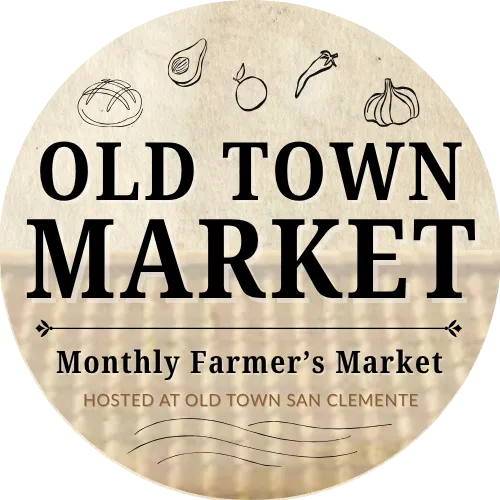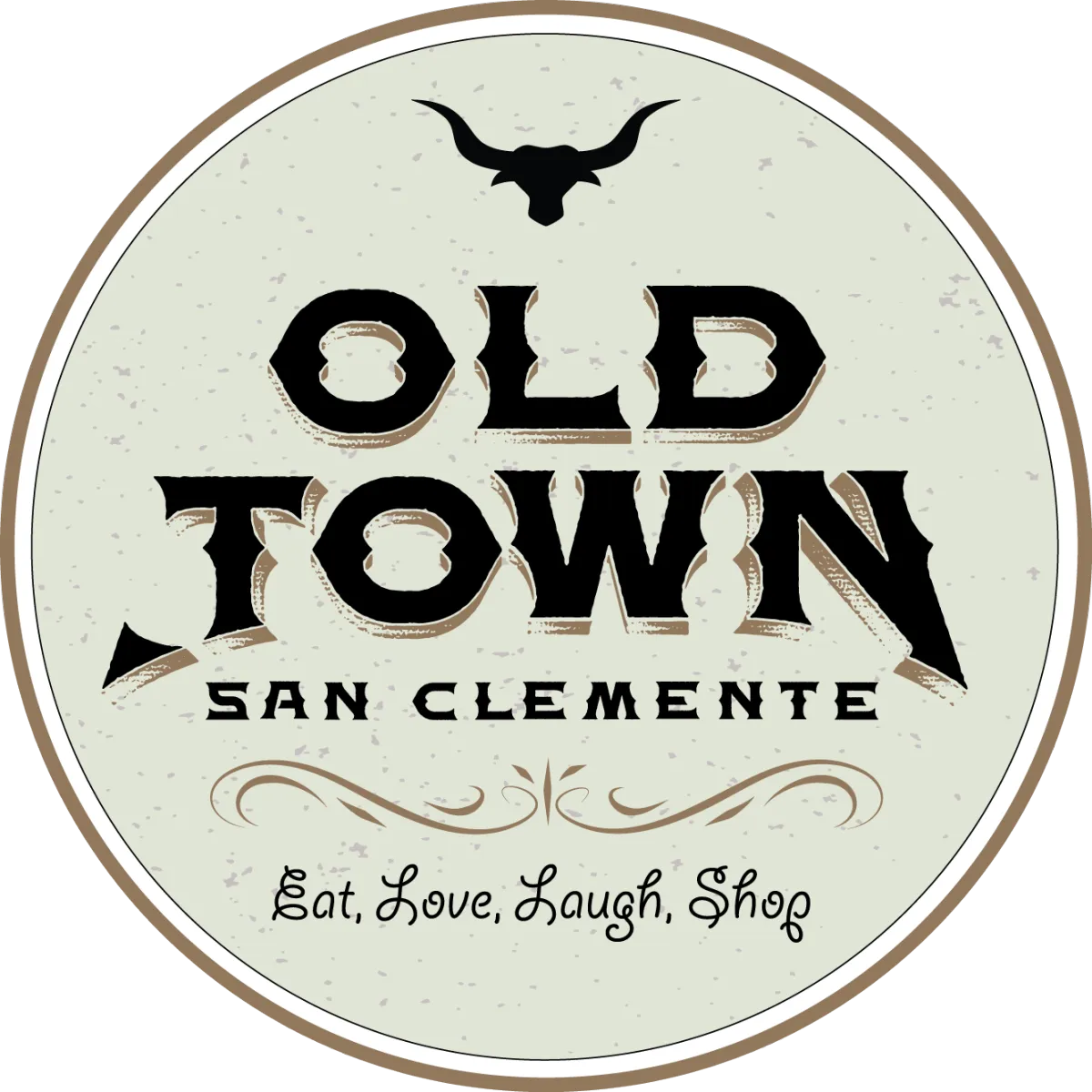Lucky Fox Clothing
Lucky Fox Clothing – A San Clemente Boutique for Timeless, Handcrafted Fashion.
Lucky Fox Clothing
Lucky Fox Clothing – A San Clemente Boutique for Timeless, Handcrafted Fashion.
📍 Lucky Fox Clothing
San Clemente
Creator :
Lucky Fox Clothing – Effortless Style,
Coastal Club Vibes,
Hats,
Shirts,
Sweatshirts
and more...
📍 Lucky Fox Clothing
San Clemente's
Creator :
Lucky Fox Clothing – Effortless Style,
Coastal Club Vibes,
Hats,
Shirts,
Sweatshirts
and more...
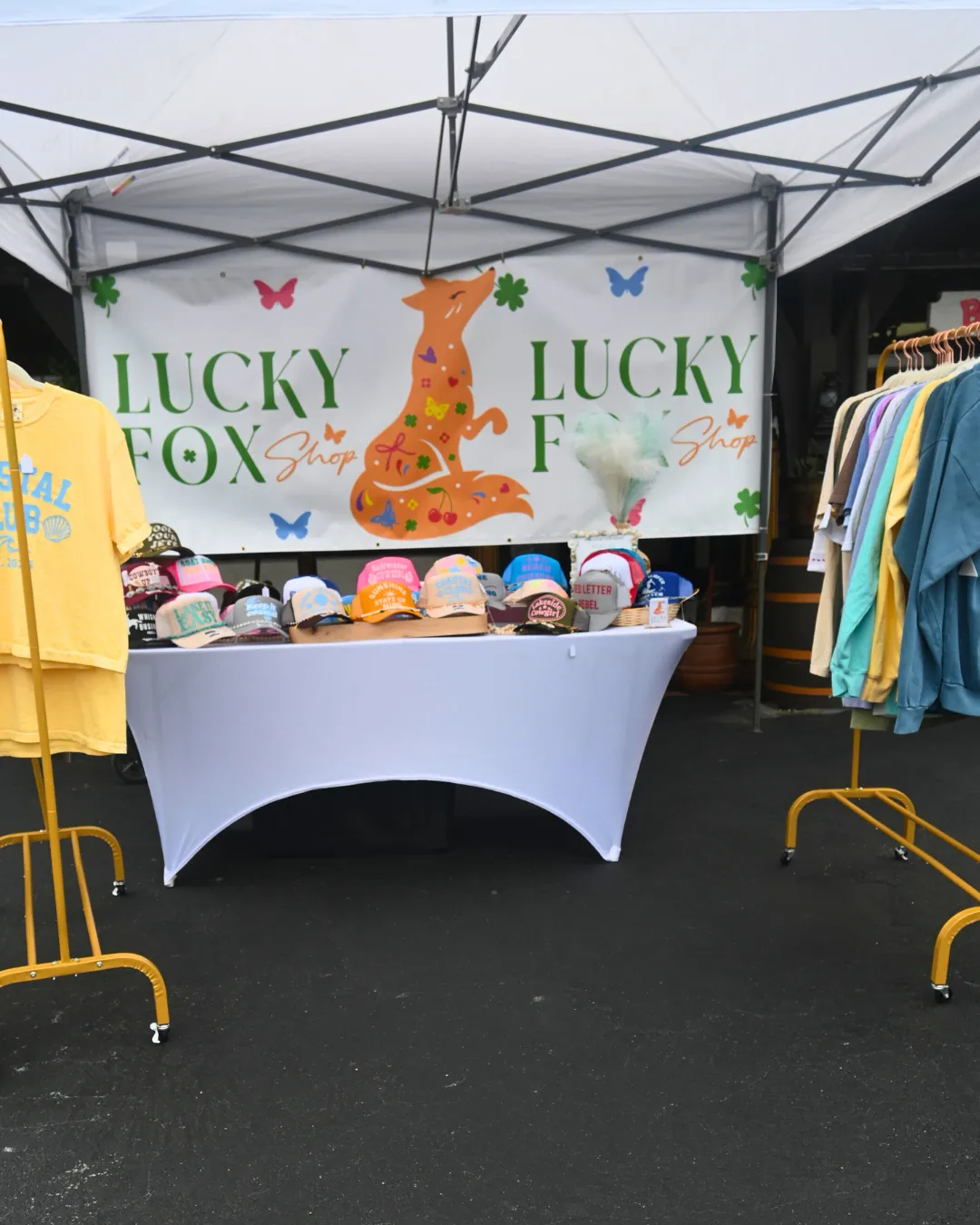
All About Lucky Fox Clothing
All About Lucky Fox Clothing
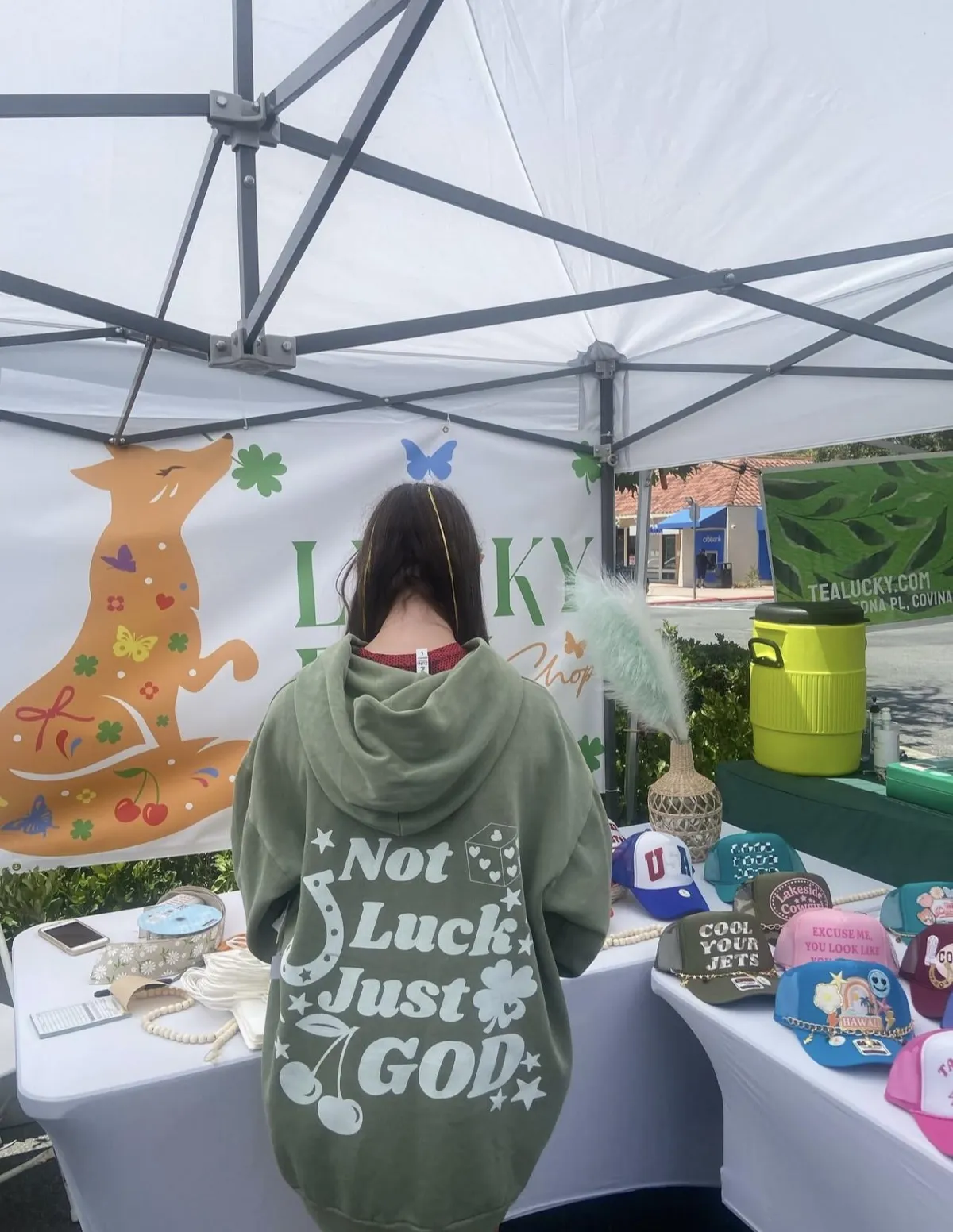
OUR STORY:
Lucky Fox Shop sells one of a kind handmade clothing. Every piece is handmade by Alyssa Duncan. She started her company back in 2024 and it has been booming ever since!
Lucky Fox Shop is a Christian lifestyle clothing brand that blends the rugged freedom of the Wild West with the laid-back spirit of the coast. Our mission is to inspire faith-driven living, encouraging believers to carry God’s Word wherever their journey leads—whether riding under open skies or walking barefoot along the shoreline.
Rooted in biblical values, every design carries a message of hope, love, and strength. From vintage-inspired denim and cowboy hats to breezy linen shirts and sun-kissed tees, our pieces are made to move effortlessly from dusty trails to sandy beaches. Subtle scripture references, cross emblems, and hand-lettered faith-based graphics remind wearers to live boldly for Christ in every setting.
Our commitment to quality and sustainability means we source durable, ethically made fabrics that withstand adventure and reflect the beauty of God’s creation. Whether you’re saddling up at sunrise or catching a coastal sunset, Lucky Fox equips you to live out your faith with style, comfort, and purpose.
---
OUR STORY:
Lucky Fox Shop sells one of a kind handmade clothing. Every piece is handmade by Alyssa Duncan. She started her company back in 2024 and it has been booming ever since!
Lucky Fox Shop is a Christian lifestyle clothing brand that blends the rugged freedom of the Wild West with the laid-back spirit of the coast. Our mission is to inspire faith-driven living, encouraging believers to carry God’s Word wherever their journey leads—whether riding under open skies or walking barefoot along the shoreline.
Rooted in biblical values, every design carries a message of hope, love, and strength. From vintage-inspired denim and cowboy hats to breezy linen shirts and sun-kissed tees, our pieces are made to move effortlessly from dusty trails to sandy beaches. Subtle scripture references, cross emblems, and hand-lettered faith-based graphics remind wearers to live boldly for Christ in every setting.
Our commitment to quality and sustainability means we source durable, ethically made fabrics that withstand adventure and reflect the beauty of God’s creation. Whether you’re saddling up at sunrise or catching a coastal sunset, Lucky Fox equips you to live out your faith with style, comfort, and purpose.
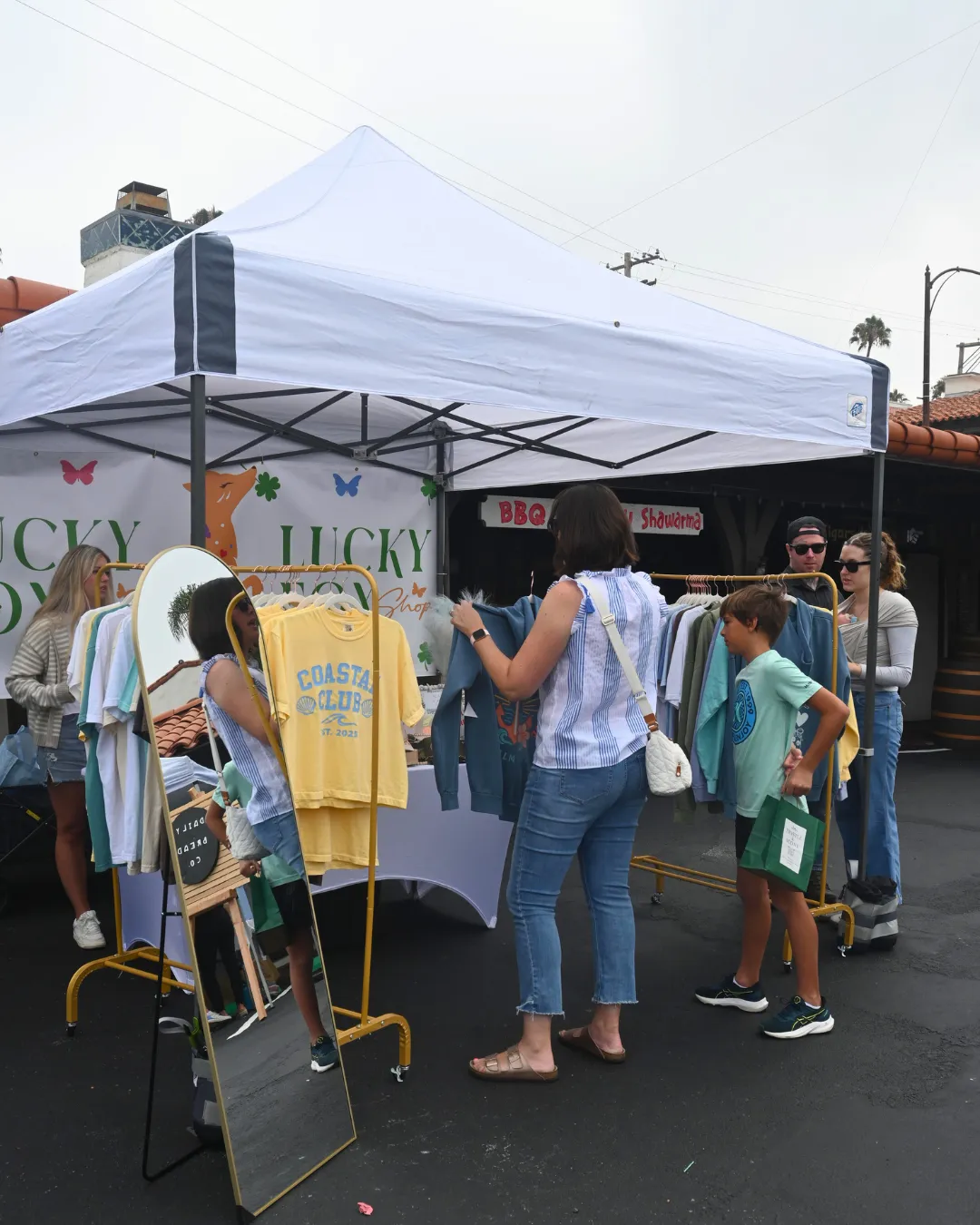
Here at Lucky Fox we pride ourselves on being God driven and inspired for our clothing. Handcrafted and California country themed we love to design unique pieces for everyday wear. Whether you're running to the store or going out on the town we have something for everyone!
Market Hours
🗓️ Every Second Saturday of the Month
🕖 10:00 am to 2:00 PM
Here at Lucky Fox we pride ourselves on being God driven and inspired for our clothing. Handcrafted and California country themed we love to design unique pieces for everyday wear. Whether you're running to the store or going out on the town we have something for everyone!
How to Buy and Contact Us when we are not at the Old Town Market
For unique, handcrafted designs, contact Lucky Fox Clothing at (949)257-5099 or [email protected]
VISIT US AT THE: Old Town Market
🗓️ Every Second Saturday of the Month
🕖 10:00 AM – 2:00 PM
LOCATION: Old Town San Clemente, 111 W. Avenida Palizada, San Clemente, CA 92672
EXPLORE THE BEAUTY OF UNIQUE, HANDMADE DESIGNS
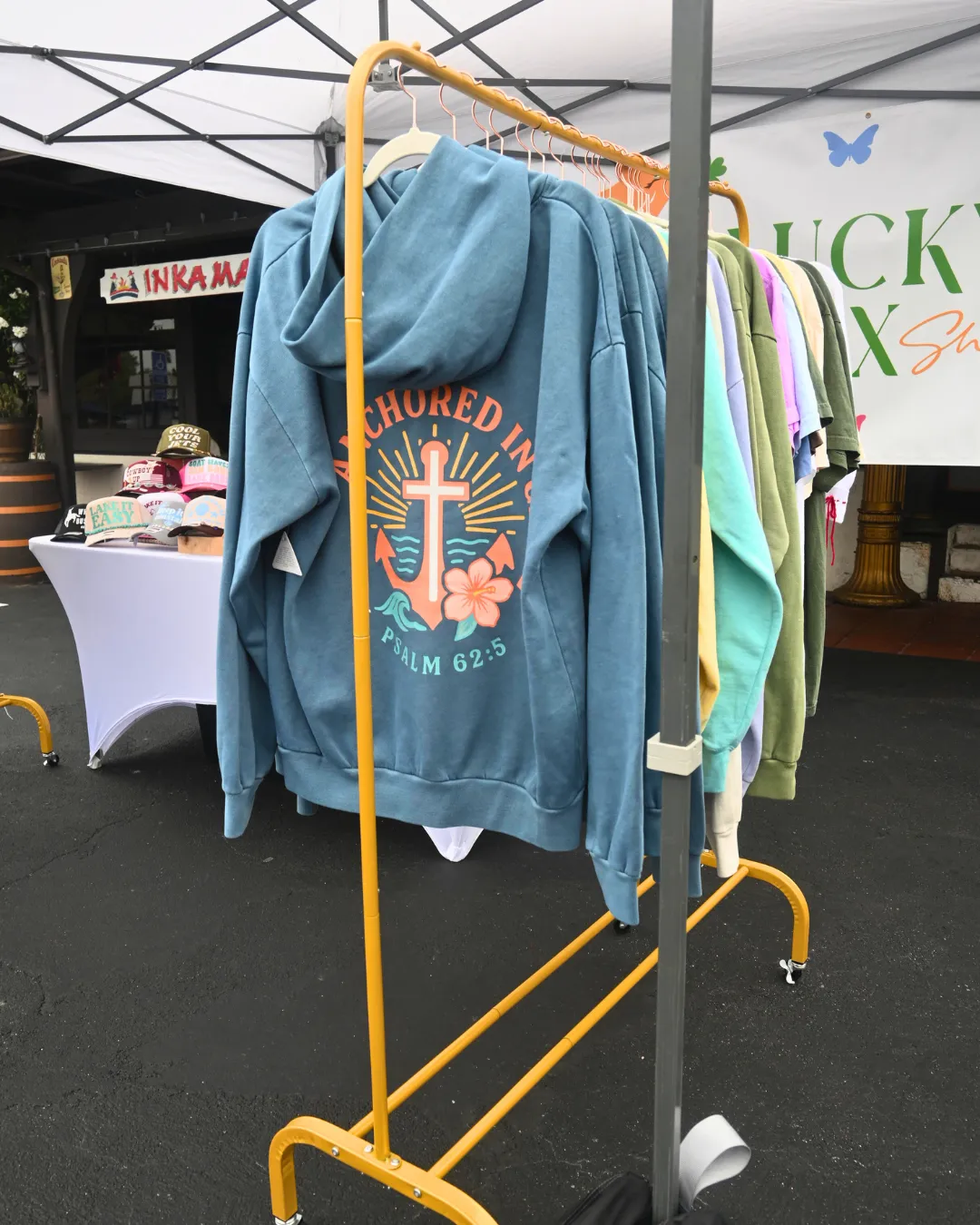
Sweatshirt
A sweatshirt is a long-sleeved pullover garment typically made from thick cotton or cotton-blend fabric. Originally designed as athletic wear, sweatshirts have become a staple of casual clothing. Unlike more formal sweaters, sweatshirts are characterized by their soft, absorbent fabric and relaxed fit. They may or may not feature a hood; those with hoods are commonly referred to as hoodies, though the term "hooded sweatshirt" is still used in more formal contexts.
Sweater
A sweater (North American English), also known as a pullover, jersey, or jumper (British, Hiberno-, and Australian English), is a knitted or crocheted garment that covers the upper part of the body. Sweaters typically have long sleeves but may also be sleeveless, in which case they are often referred to as sweater vests, slipovers, or tank tops.
Sweaters are worn by individuals of all ages and are typically layered over shirts, blouses, or T-shirts, although they can also be worn directly against the skin. While traditionally made from wool, modern sweaters may also be manufactured from cotton, synthetic fibers, or blends of various materials. A subcategory of sweaters, commonly worn during the holiday season, are known as Christmas sweaters or ugly sweaters, characterized by bold and festive designs.
Hoodie
A hoodie (also spelled hoody) is a hooded sweatshirt, a casual garment that has gained widespread popularity since the 1990s. The term "hoodie" emerged in common usage during that period and is now the dominant term for the garment in many English-speaking countries.
### Regional Terminology
A 2023 study published in The English Languages: History, Diaspora, Culture explored regional terminology preferences for hooded sweatshirts in Canada. The study found that:
* The term "hoodie" was strongly preferred by Canadian respondents.
The regional term *bunnyhug** remains in use in Saskatchewan.
The term *kangaroo jacket** is more common among older individuals in Western Canada.
* There was no significant correlation between gender and terminology preference.
* Younger individuals reported a broader range of terms, possibly due to social adaptation or trends.
### Connotations and Colloquial Use
In British and Irish English, "hoodie" may also carry colloquial connotations, referring to a young person perceived as a hooligan or delinquent. This stereotype has influenced public perception and policy discourse in certain regions.
## Public Campaigns and Social Commentary
### New Zealand: Hoodies on Parliament
In May 2008, the "Hoodies on Parliament" campaign was launched in New Zealand as part of the annual Youth Week initiative. The campaign sought to challenge negative stereotypes associated with young people wearing hoodies.
Notable political figures who participated by wearing hoodies on the steps of Parliament included:
* Nicky Wagner (National Party)
* Sue Bradford, Nandor Tanczos, Metiria Turei (Green Party)
* Hone Harawira (Māori Party)
Religious leaders such as Archbishop David Moxon (Anglican Dioceses) and Brian Turner (President of the Methodist Church of New Zealand) also took part.
### Controversy and Criticism
The campaign elicited mixed responses. While many supported the initiative as a positive social message, it also drew criticism. Dale Evans, a local council member, protested the event by wearing a Ku Klux Klan outfit, claiming the hoodie was "not an appropriate article of clothing to celebrate."
### 2009: Goodie in a Hoodie Day
In 2009, the New Zealand Adolescent Health and Development (NZAAHD), in partnership with Age Concern, continued the effort with the campaign "Goodie in a Hoodie Day". The initiative aimed to highlight age-based stereotypes affecting both youth and the elderly.
Liz Baxendine, then-president of Age Concern, stated:
> "Older people and young people have a lot in common. We both face stereotypes based on our age rather than our real achievements and outlook on life. We've got to destigmatise the hoodie and see it for what it is. Everyone wears them. We need to take the hoodie back!"
---
Let me know if you'd like this version formatted for Wikipedia markup or expanded with citations.
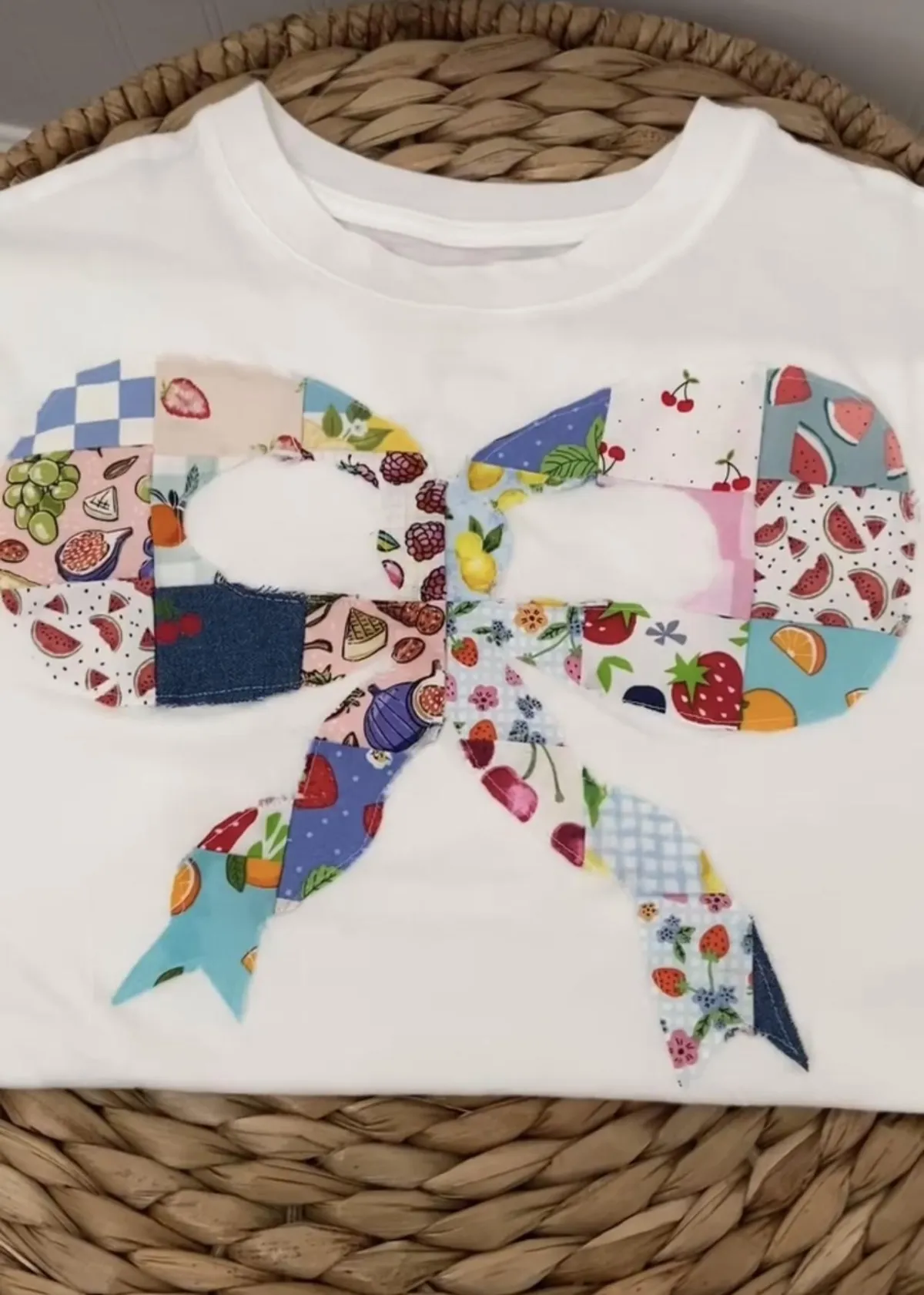
Here’s a clean Wikipedia-style rewrite of your new text, organized into sections with an encyclopedic tone and formatting consistent with Wikipedia articles.
---
T-shirt
A T-shirt is a short-sleeved, collarless garment that is typically inexpensive to produce and is a staple of modern casual clothing. T-shirts are central to fast fashion, resulting in high global sales compared to other apparel. Approximately two billion T-shirts are sold worldwide each year, and in some countries, such as Sweden, the average person purchases around nine T-shirts annually.
Environmental Impact
The production of T-shirts varies by region and manufacturing process but is often environmentally intensive. Cotton, the most common T-shirt material, requires large quantities of water and pesticides, contributing significantly to the ecological footprint of T-shirt manufacturing.
---
Jacket
A jacket is an upper-body garment, typically extending below the hips and fastening at the front or slightly to the side. Jackets are generally lighter, closer-fitting, and less insulating than coats, although both serve as forms of outerwear. Jackets without sleeves are classified as vests.
Types and Uses
Jackets can be designed for fashion or function, including protection against weather or occupational hazards. Variants range from lightweight casual jackets to technical garments made for outdoor activities and specialized work environments.
---

Hat
A hat is a head covering worn for various reasons, including protection against weather conditions, ceremonial occasions such as university graduation, religious observance, safety, or as a fashion accessory. Hats may incorporate mechanical features such as visors, spikes, flaps, braces, or beer holders, and thus overlap with the broader category of headgear.
History and Social Significance
Historically, hats served as indicators of social status. In the military, hats can denote nationality, branch of service, rank, or regiment. Police forces frequently wear distinctive headgear, such as peaked caps or brimmed hats, including the traditional hat of the Royal Canadian Mounted Police.
Functions and Types
Some hats serve a protective purpose. Examples include the hard hat, which protects construction workers from falling objects; the custodian helmet, worn by British police; the sun hat, which shields the face and shoulders; the cowboy hat, used to protect against sun and rain; and the ushanka, a fur hat with fold-down earflaps for warmth.
Ceremonial hats include the mortarboard, used in academic graduation ceremonies, and profession-specific hats such as the toque worn by chefs and the mitre worn by Christian bishops. Religious head coverings include the Sikh turban and church hats worn by Christian women during prayer and worship.
---
Bead
A bead is a small, decorative object that is pierced for threading or stringing. Beads are made in a variety of materials, including stone, bone, shell, glass, plastic, wood, and pearl, and can range from less than 1 mm to over 1 cm in diameter.
History
Beads are among the earliest forms of jewellery. A pair of beads made from Nassarius sea snail shells, dating to approximately 100,000 years ago, are considered the oldest known examples.
Beadwork and Types
Beadwork is the craft of creating items using beads. Beads can be woven together with specialized thread, strung onto thread or wire, or glued to surfaces such as fabric or clay.
A refined subset of glass and lead-crystal beads is cut into precise faceted shapes, a process once performed by hand but now typically handled by precision machinery.
Special varieties include:
* Seed beads: uniformly shaped, small spheroidal or tubular beads, commonly used in loom or off-loom weaving.
* Square beads: often used as spacers in necklaces, including rosaries and beachwear jewellery.
---
Baseball Cap
A baseball cap is a type of soft hat with a rounded crown and a stiff bill projecting in front. Traditionally part of the baseball uniform, its brim shades the eyes from sunlight.
Design and Uses
The front of a baseball cap typically displays a design or logo, historically of sports teams or companies. Caps may be fitted or adjustable, using elastic bands, Velcro, prong-and-hole fasteners, zippers, or tri-glide slides.
Since the 1980s, baseball caps have become common worldwide both for sun protection and as fashion accessories.
---
Sewing Pattern
In sewing and fashion design, a pattern is a template from which garment parts are traced onto fabric and cut out for assembly. Patterns are usually made from paper or cardboard. The practice is known as patternmaking or pattern cutting.
Types and Use
A sloper or block pattern is a basic custom-fitted template used to develop multiple styles.
Patterns may be commercial, such as those produced by Butterick or Simplicity, which provide multi-size, pre-graded tissue paper patterns with illustrated instructions. High-end clothing brands often develop their own patterns in-house or through third-party specialists.
Fitting and Adjustment
Mass-market patterns are standardized. Dressmakers may adjust these to individual body shapes using French curves, hip curves, or by draping fabric like muslin on adjustable dress forms. Canvas samples can be used for test fittings and adjustments.
Pattern Grading
Pattern grading is the process of resizing a pattern for different sizes, guided by grading rules and influenced by fabric type.
Parametric Drafting
Parametric pattern drafting uses computer algorithms to generate patterns based on measurements, variables, and geometric formulas.
---
Flannel
Flannel is a soft woven fabric, originally made from carded or worsted wool and now often produced from cotton, wool, or synthetic fibers. It is commonly used for tartan clothing, blankets, bed sheets, and sleepwear.
Flannel can be brushed, a process that raises fine fibers to create a nap, or left unbrushed, relying on loosely spun yarn for softness.
The term flannel shirt refers to the fabric itself rather than the common plaid or tartan patterns often associated with it.
---
Check Pattern
Check (also checker, British chequer, or dicing) is a pattern of crossed horizontal and vertical lines forming squares, usually in two contrasting colours.
The design is used in garments and, in some cultures, can signify political or cultural affiliations, such as in ska fashion and the keffiyeh scarf.
Its simple geometry makes it useful in science, optometry, and technology.
---
Cotton
Cotton (from Arabic qutn) is a soft, fluffy staple fiber that grows around the seeds of plants of the genus Gossypium in the mallow family (*Malvaceae*). The fiber consists mainly of cellulose with minor amounts of waxes, fats, pectins, and water.
Origin and History
Cotton plants are native to tropical and subtropical regions of the Americas, Africa, Egypt, and India. Wild cotton species are most diverse in Mexico, followed by Australia and Africa. Cotton was independently domesticated in both the Old and New Worlds.
Archaeological evidence includes Gossypium barbadense remains in Peru dating to the 7th–6th millennia BC, and indigo-dyed textiles from the 4th–3rd millennia BC at Huaca Prieta. Cotton threads used with copper beads from the 6th millennium BC have been found at Mehrgarh, Pakistan.
Modern Production
The invention of the cotton gin revolutionized production, making cotton the most widely used natural fiber for textiles today.
Global production is estimated at around 25 million tonnes (110 million bales) annually, accounting for 2.5 % of arable land. India is the largest producer, while the United States has long been the leading exporter.
Oversized Shirt
An oversized shirt (also known as a big shirt) is a shirt designed with a loose, relaxed fit that extends beyond the traditional proportions of standard shirts. It is commonly worn as a casual fashion statement and for comfort.
Characteristics
Oversized shirts typically feature:
* Elongated sleeves and extended hemlines
A *boxy silhouette** that creates a draped or layered appearance
These design features allow oversized shirts to be styled in a variety of ways, often emphasizing a contemporary, laid-back look.
---
Hoodie
A hoodie is a type of sweatshirt with an attached hood that, when worn up, covers most of the head and neck and sometimes the face. Hoodies are designed for warmth, comfort, and versatility.
Styles and Features
The two primary styles of hoodies are:
* Pullover hoodie – Typically features a single large front pocket, known as a kangaroo pocket or muff.
* Zippered hoodie – Opens fully at the front and usually includes two separate pockets on either side of the zipper.
Both styles typically include a drawstring to adjust the hood opening. Hoodies are worn for aesthetic and cultural reasons, as well as for protection from cold, wind, and light rain.
---
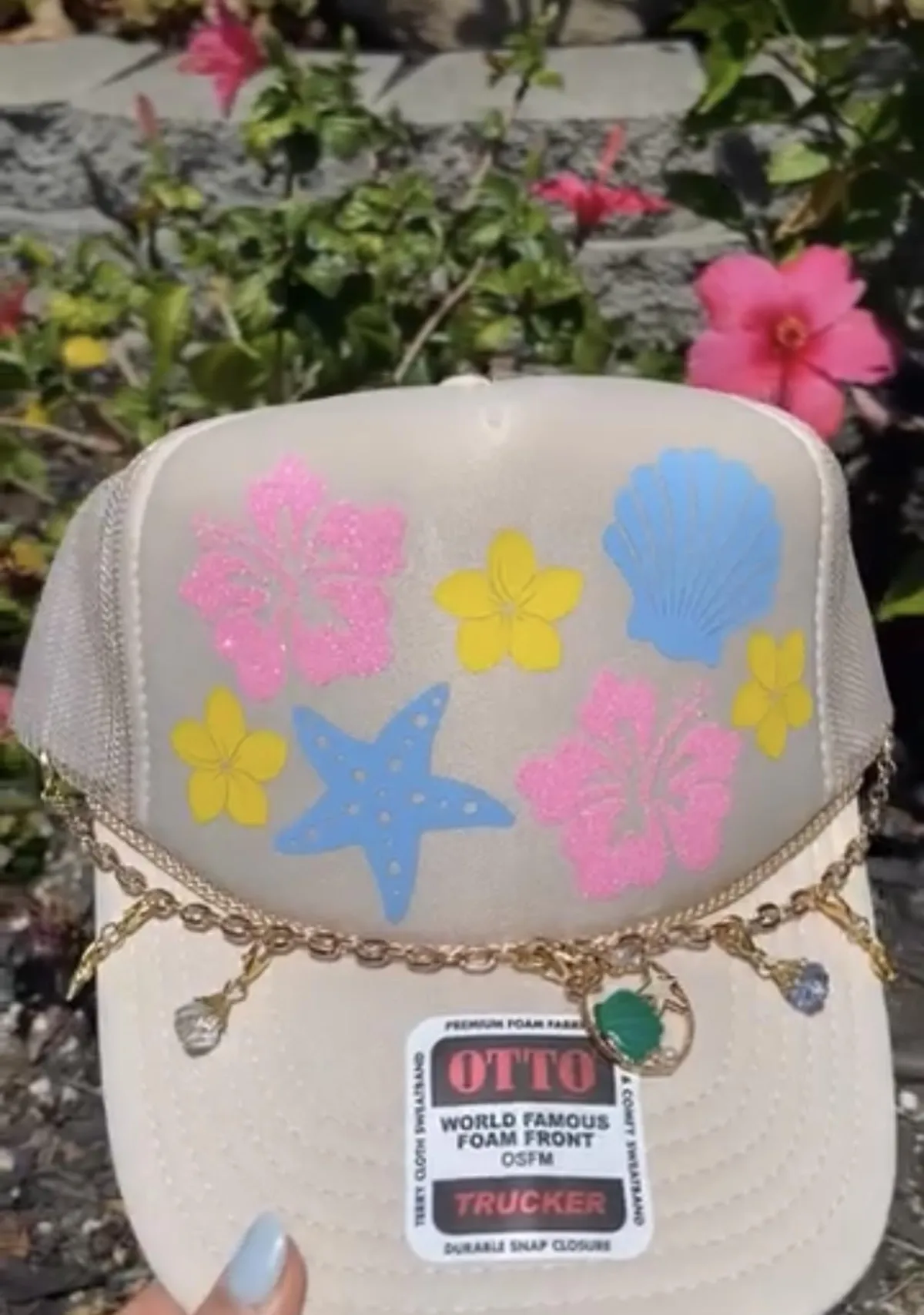
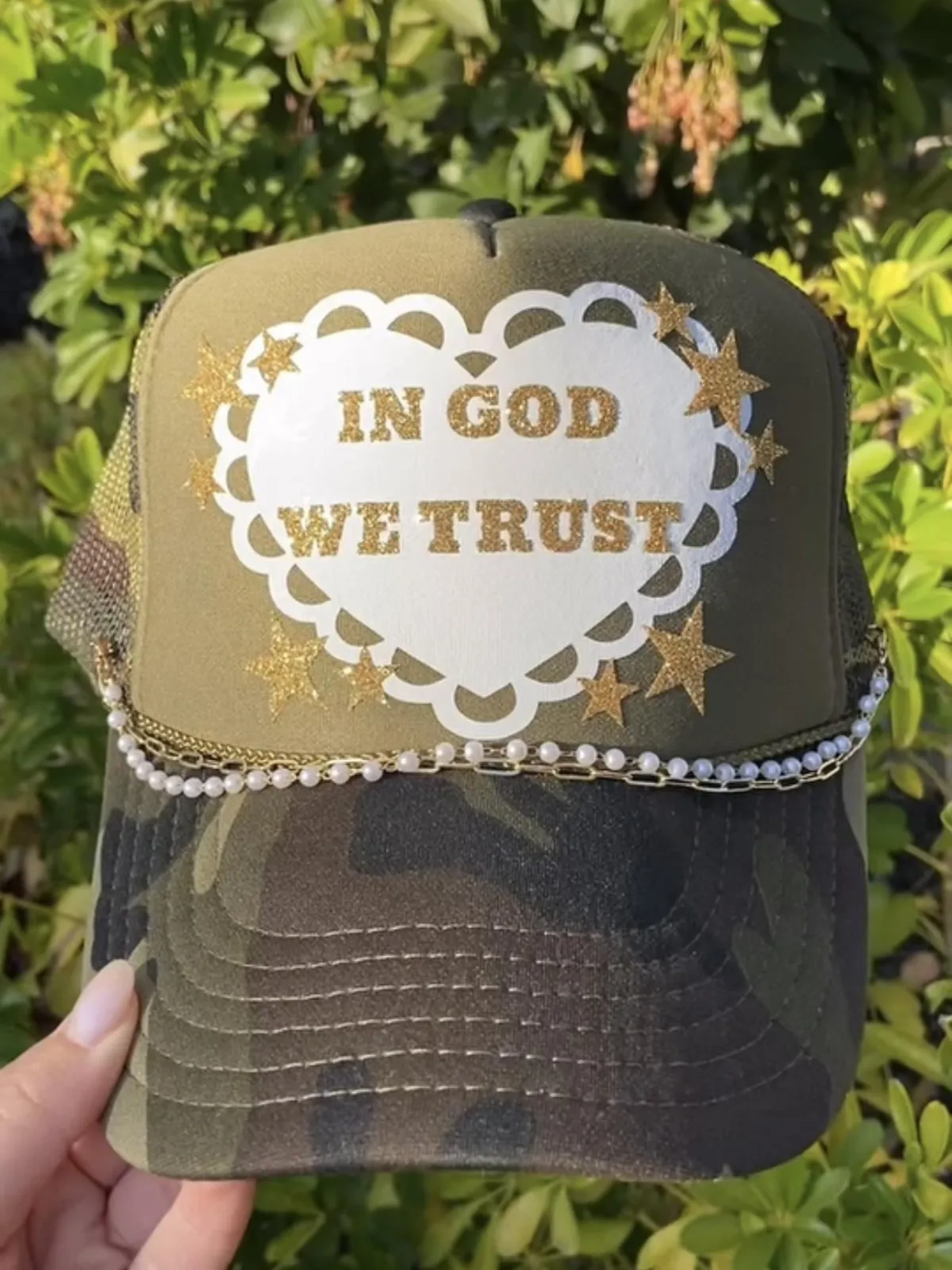
---
Clothing and Fashion Styles
This article provides an overview of diverse clothing categories, fashion movements, and decorative accessories, including Bohemian style, military camouflage patterns, hand-embroidered garments, linen shirts, souvenir patches, flag patches, beach clothing, casual summer attire, and casual clothing.
---
Bohemian Style
Bohemian style (also known as boho chic) is a fashion and lifestyle aesthetic defined by its unconventional, free-spirited essence. Its origins are debated, but the style is believed to have been influenced by the nomadic lifestyle of the Romani people during the late 19th and early 20th centuries. The word Bohemian derives from the French Bohémien, originally associated with the Roma community due to the historical misconception that they came from Bohemia, a region in the modern Czech Republic.
Evolution
Bohemian fashion has evolved through cultural and historical shifts. Modern boho style favors flowing fabrics, vibrant colors, and natural, woven materials rather than knits. Influences include the 1960s and 1970s counterculture, echoing the attire seen at events such as the Woodstock music festival.
Cultural Significance
Today, Bohemian fashion appeals to those who value individuality, creativity, and alternative lifestyles. It is associated with self-expression, sometimes involving communal or nomadic living, and encourages sustainability and freedom in personal dress.
---
U.S. Woodland Camouflage
U.S. Woodland is a four-color camouflage pattern with irregular green, brown, sand, and black markings. It was the standard issue camouflage for the United States Armed Forces from 1981 until 2005, used on the Battle Dress Uniform (BDU) and other gear until replaced in the early 2010s. Though commonly referred to as M81 after its year of adoption, this name was never an official military term.
Continued Use
While BDUs are no longer frontline issue, U.S. Woodland remains in limited service. Equipment such as MOPP suits, vests, and certain special forces uniforms (e.g., U.S. Marine Corps Forces Special Operations Command and Navy SEALs) continue to feature the pattern.
---
Hand-Embroidered Clothing
Hand-embroidered clothing is decorated with designs stitched by hand using needle and thread. This traditional art is practiced globally and valued for its craftsmanship, uniqueness, and cultural symbolism.
Historical Context
Evidence of hand embroidery dates back thousands of years in China, Egypt, India, and the Middle East. Historically, embroidery has served as an artistic and cultural marker, with motifs reflecting local flora, fauna, and spiritual beliefs. Traditional garments such as Indian saris, Mexican huipils, and Eastern European folk blouses are notable examples.
Techniques and Materials
Artisans use cotton, silk, or metallic threads, often combined with beads, mirrors, or sequins. Styles range from minimal floral motifs to elaborate, full-garment designs. Due to its labor-intensive process, each hand-embroidered garment is typically one-of-a-kind and often considered artisanal or luxury apparel.
---
Linen Shirts
A linen shirt is made from linen, a fabric derived from the flax plant (*Linum usitatissimum*). Linen shirts are popular for warm-weather wear due to the fabric’s breathability, moisture-wicking properties, and quick drying time.
Linen garments are known for their crisp texture, which softens with use. Although prone to wrinkling—a quality often embraced as part of their casual look—linen shirts are valued for comfort and timeless style. Common forms include button-downs, tunics, short-sleeve casual shirts, and long-sleeve dress shirts.
---
Souvenir Patches
Souvenir patches are decorative fabric pieces, often shield-shaped, featuring coats of arms, maps, or miniature views. Typically made of woven or embroidered fabric, they are collected for personal or historical significance. Other collectible patch types include police, military, space mission, scout, fashion, and political patches.
Collecting patches and badges is related to faleristics, the study and collecting of military and civil insignia.
---
Flag Patches
A flag patch is a piece of fabric displaying a national flag. Typically embroidered, flag patches are used by military personnel, police, civilian pilots, bus drivers, athletes, and astronauts. Some countries, including the United States, produce alternative color schemes (urban black/silver, desert tan/brown, woodland black/olive drab) for camouflage purposes.
Flag patches are sewn onto clothing, uniforms, or luggage. Travelers sometimes collect or display them as souvenirs or to indicate nationality. For example, Canadian travelers may affix a Canadian flag patch to their bags to signal their origin abroad.
---
Beach Clothing
Beach clothing (also called beachwear or resort wear) refers to garments designed for comfort, breathability, and ease of movement in coastal and warm-weather settings. Typical fabrics include cotton, linen, rayon, and quick-drying synthetics.
Common Items
* Swimwear: bikinis, one-piece swimsuits, swim trunks, and board shorts
* Cover-ups: sarongs, kaftans, tunics, and sundresses
* Accessories: wide-brimmed hats, flip-flops, and woven beach bags
Beach clothing balances function and style, making it suitable for activities like swimming, sunbathing, and seaside strolling.
---
Casual Summer Attire
Casual summer attire is lightweight, informal clothing intended for everyday wear in warm or hot weather. It differs from beach-specific clothing in its broader versatility for work, leisure, and social activities.
Typical fabrics include cotton, linen, and chambray, chosen for their breathability and comfort. Common garments include short-sleeve shirts, tank tops, sundresses, shorts, skirts, polo shirts, and lightweight trousers. Footwear often consists of sandals, espadrilles, or casual sneakers, and the color palette favors light and bright seasonal tones.
---
Casual Clothing
Casual clothing emphasizes comfort, practicality, and relaxed aesthetics over formal or professional dress codes. It includes garments such as jeans, T-shirts, polo shirts, casual dresses, shorts, and sneakers, and is appropriate for everyday activities and informal gatherings.
Historical Development
The modern concept of casual clothing emerged in the 20th century, driven by the rise of sportswear, leisurewear, and youth culture, which challenged traditional fashion norms. Today, casual attire is one of the most common clothing categories worldwide, blending influences from streetwear, activewear, and contemporary fashion trends.
Cultural Role
Casual clothing reflects individuality and adaptability, with fabrics like cotton, denim, and linen prized for durability and comfort. Its versatility allows seamless movement between home, public spaces, and workplaces with relaxed dress codes, making casual wear a staple of global fashion.
---
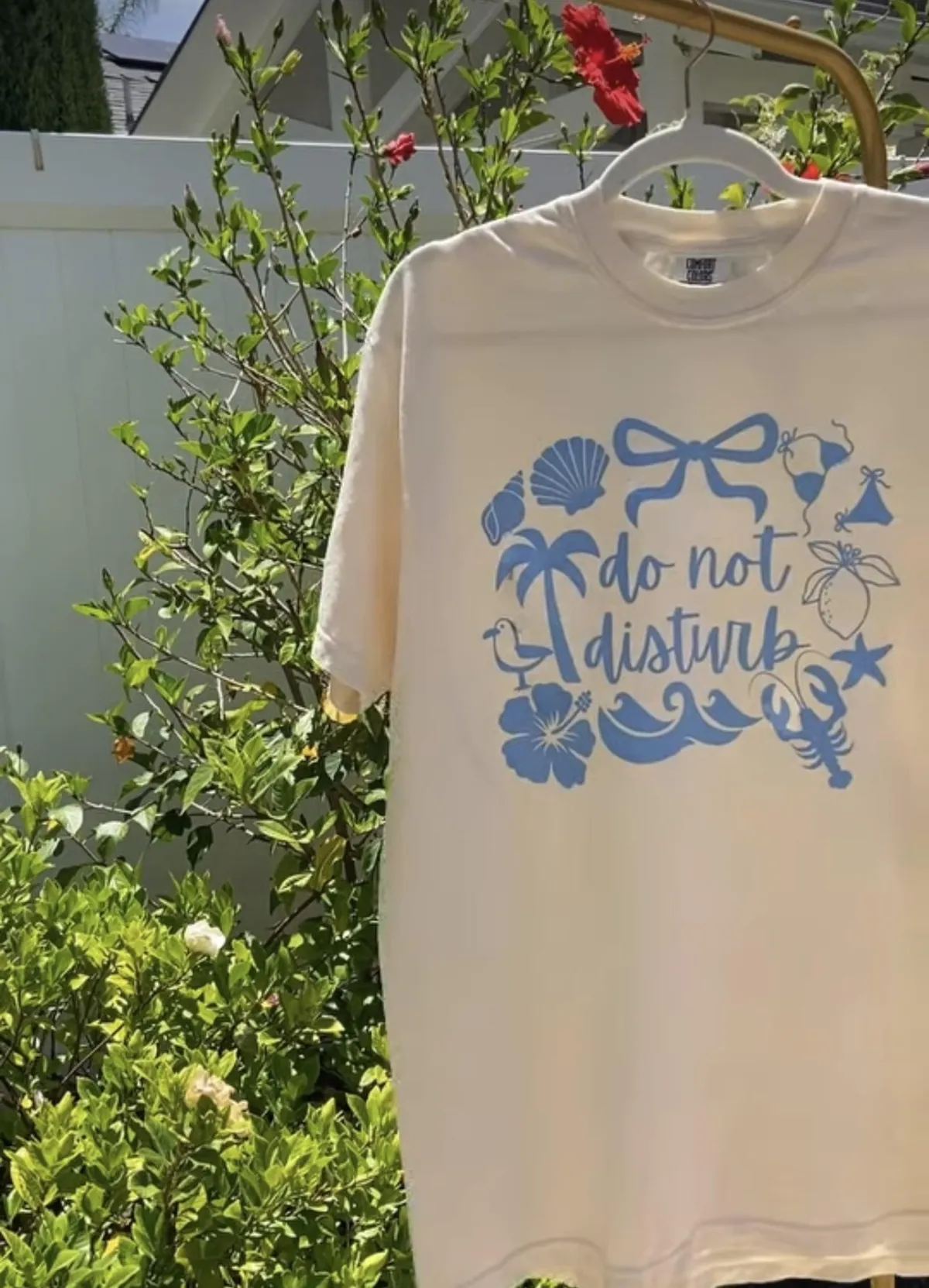
Old Town San Clemente Market
Local. Handmade. Heartfelt. Join us for a community-driven farmer's market in the heart of San Clemente.
